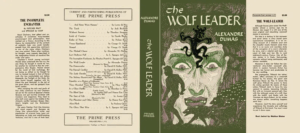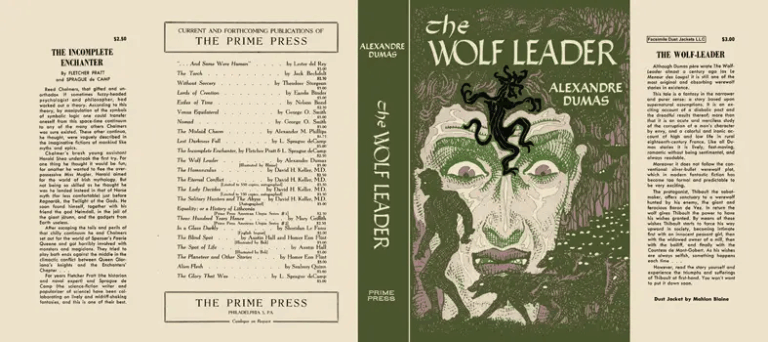This is a throwback from last year’s December, 4th: that one was for patrons only, this one is published for everybody.
Plum Porridge, is described by Alison Weir as «a thick broth from mutton or beef, boiled in a skin with plums, spices, dried fruits, breadcrumbs and wine». Flour was added in late XVI Century, to turn the porridge into a pudding, and Victorian times removed the meat to turn the dish into what we now know as today’s plum pudding, usually served as a dessert. A derivative of this dish is also the New College Pudding, already mentioned when we saw “The Witches Frolic”.
The original Victorian recipe of that one can be found in Elizabeth Moxon’s English Housewifry (1764) and goes like this:
Grate an old penny loaf, put to it a like quantity of suet shred, a nutmeg grated, a little salt and some currans, then beat some eggs in a little sack and sugar, mix all together, and knead it as stiff as for manchet, and make it up in the form and size of a turkey’s egg, but a little flatter; take a pound of butter, put it in a dish or stew-pan, and set it over a clear fire in a chafing-dish, and rub your butter about the dish till it is melted, then put your puddings in, and cover the dish, but often turn your puddings till they are brown alike, and when they are enough grate some sugar over them, and serve them up hot.
For a side-dish you must let the paste lie for a quarter of an hour before you make up your puddings.
So, let us try and make some sense of it. As usual, and as you might have noticed, there are no plums in the Victorian recipe.
What is suet?
As this site explains us, suet is rendered fat, typically coming from cow: it’s raw fat dehydrated through heat. You have a “recipe” here.
It comes in solid form, so you have to grate it and it’s highly recommended you use flour before you do.
Ingredients:
- around 400 grams of grated bread and crumbles;
- around 400 grams of grated suet;
- grated nutmeg;
- a pinch of salt;
- 50 grams of currants or dried plums (it’s better if you revive them through the night in a bowl of dry, white wine);
- 2 eggs;
- a small glass of fortified white wine (that’s what “sack” refers to, specifically a fortified wine from the Canary Islands: I think you can use Malvasia);
- two tablespoons of sugar;
- around 400 grams of butter.
If the doses seem a little off to you, they seem a little off to me too: just try it and let me know. I can’t cook for shit.







No Comments